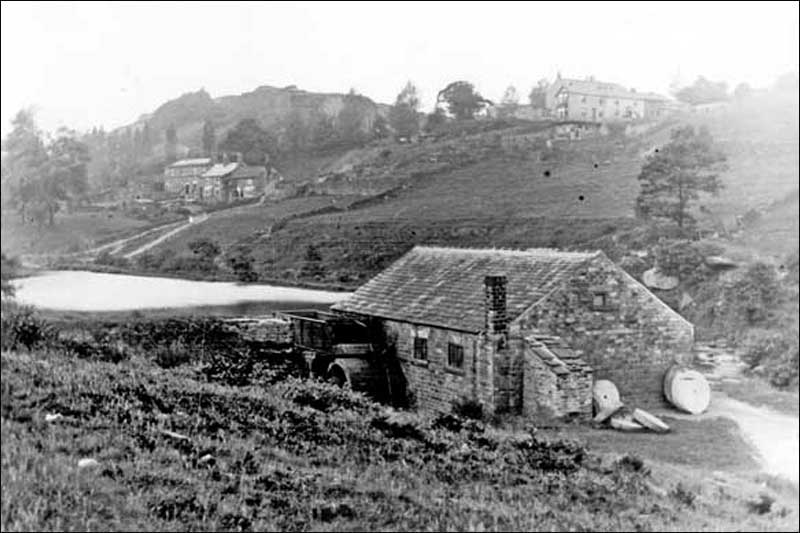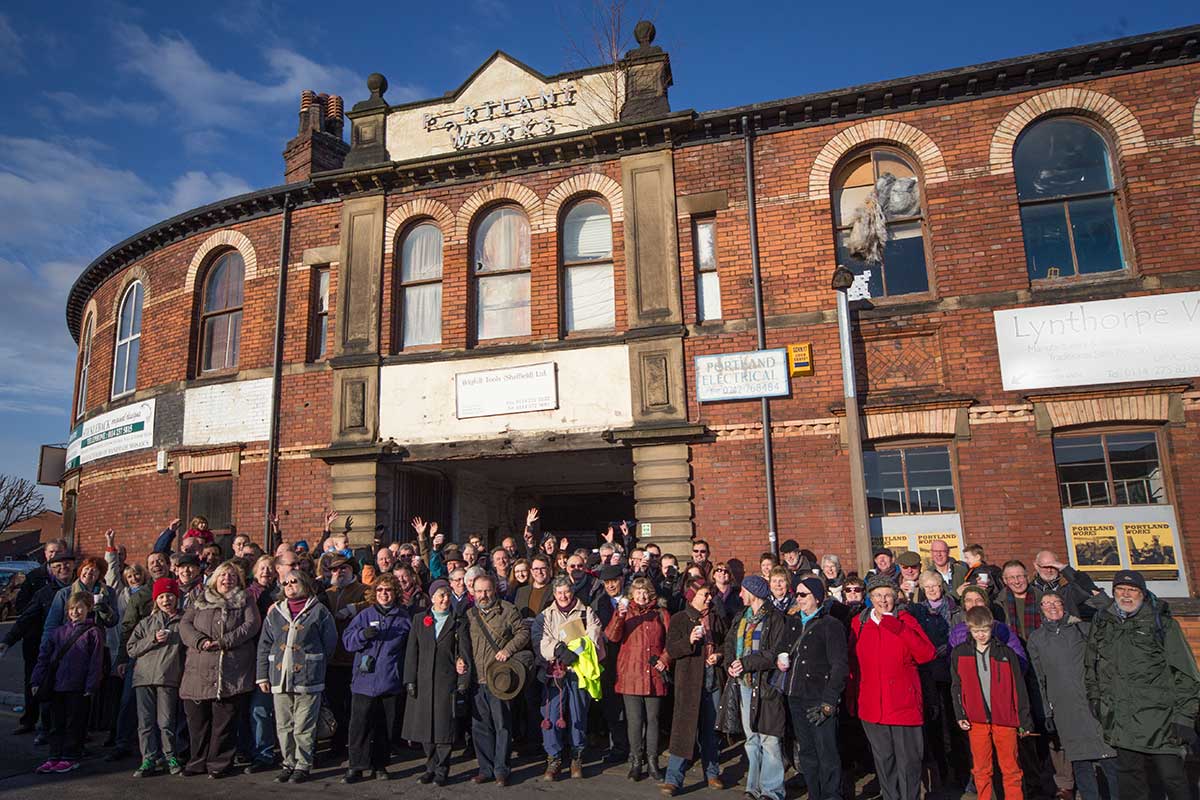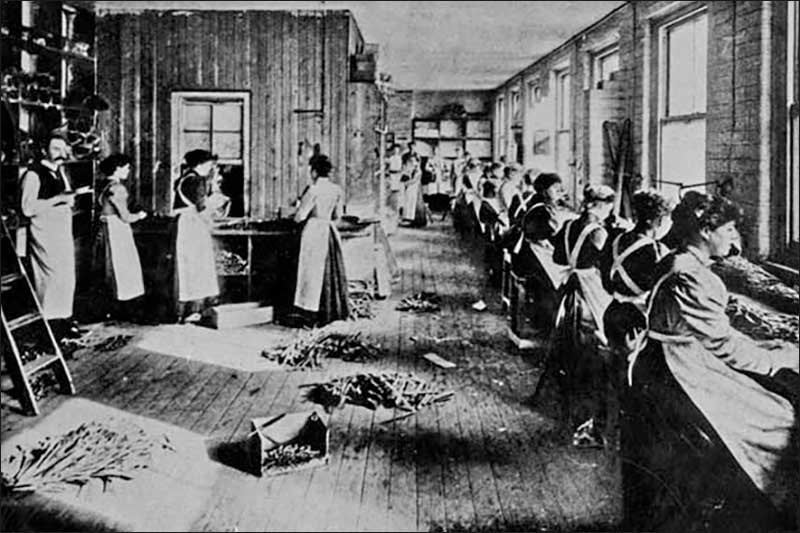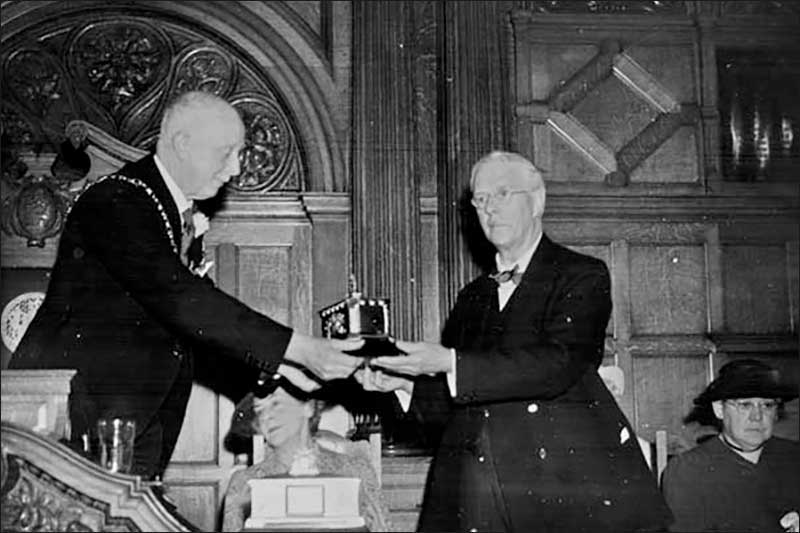In order to contextualise the history of Portland Works it is necessary to provide the reader with a brief introduction to Sheffield’s industrial past. The city’s industrial heritage is rooted in the production of steel and the manufacture of ‘edge tools’, such as: cutlery, knives, razors, wood chisels, metal files, sickles and scythes. From the fifteenth to the eighteenth century Sheffield’s metal trades industry was literally on a ‘cottage’ scale. Workshops were often built as small extensions to rural dwellings and farmhouses in riverside locations, which harnessed natural power using waterwheels. The city’s metal trades craftsmen, known locally as little mesters, operated as independent makers whom either worked alone, or employed a small number of support workers and/or apprentices. Whilst the exact origin of the term ‘little mester’ is uncertain, mester is the Sheffield dialect variant of master and as such one can logically deduce that it refers to master craftsmen operating on a small scale. Up until the eighteenth century individual little mesters would be responsible for taking any given item through its entire production process from start to finish. However, as the eighteenth century progressed and the complexity of edge tools (particularly ornate cutlery and knives) increased, it became necessary for these craftsmen to specialise in individual stages of the production process.
Following the rapid development of steam power during the middle decades of the nineteenth century, those trades undertaking powered processes were freed from riverside locations and they quickly spread throughout the city centre. This factor, combined with an increasing specialisation of skills, resulted in the development of a characteristic production process whereby unfinished goods circulated between numerous little mesters operating within workshops scattered across the city centre. These urban workshops mirrored the domestic scale of their rural predecessors and were often located within adapted private dwellings, which acted as domicile, office, showroom and industrial premise (see Figure 2). As the 19th Century progressed the town became peppered with hundreds of such premises, which were often extended at the rear, either with a single range, or several ranges forming a courtyard. Courtyards ensured daylight could reach the many closely spaced windows that typified the elevation design of all workshops and served to light the little mesters’ long work benches known as ‘sides.
Courtyards emerged as the definitive element of workshop design within the city and from the late nineteenth into the early twentieth century, as global demand for Sheffield’s wares increased, larger factories based on this model were constructed. Larger premises made it possible to house all of the craftsmen necessary to perform a given production process under one roof. This removed the need to transport unfinished goods to individual specialist makers operating from numerous workshops and led to significant efficiency savings. These modern premises became known as ‘integrated works’. Integrated works typically took two forms: (1) very large purpose built factories, which housed heavy trades such as primary steel production and engineering; (2) smaller works undertaking lighter metal trades such as cutlery or tool manufacture, which were initially adapted from existing premises and, in later years were purpose built. Very large integrated works were typically built by the city’s wealthiest industrialists on the urban periphery and were often constructed with impressive Classical-style offices on their display frontage. Whereas smaller integrated works, which focussed on the lighter trades, were ubiquitous throughout the city centre.
These smaller premises were typically subdivided into a series of interconnecting workrooms, each of which would be let to individual makers, and goods circulated from room-to-room until finished. Sheffield’s little mesters maintained their independence by operating as sub-contractors for both factory owners and other makers within the city. Whilst in later years these smaller integrated works were purpose built, as indicated above, the majority were simple utilitarian upgrades of earlier domestic scale courtyard premises constructed of coarse brick. The modest nature of these urban works has been argued to be a reflection of the fact that men of lesser capital were responsible for their development (Wray et al. 2001). In contrast to the modern, large-scale industrial complexes built on the urban fringe, these city centre integrated works retained the characteristic micro-scale ‘little mester’ production process that typified Sheffield’s metal trades. Furthermore, they represent the physical manifestation of the height of Sheffield’s global dominance in edge tool manufacture during the late nineteenth century.





